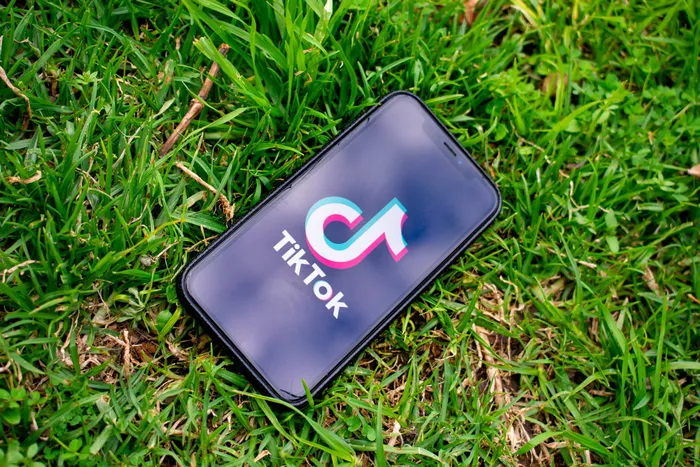Teachers and smartphones in school

The TikTok social media app displayed on a smartphone. File picture: Kon Karampelas/Pixabay
Cape Town - In the era of smartphones and social media, it has become normalised to see videos and pictures of pupils online.
It could be pupils misbehaving or enjoying themselves with their teachers and peers.
While the uploading of videos and pictures may not be harmful, it is not allowed by law for teachers to do this without the permission of parents.
A photo may be innocent but it contains faces, used for facial recognition.
Location, either by visual information or geo-tagging.
Personal information, race, age group, gender, location information, indications of preferences, potentially health information and more.
A child's identity could be stolen and photos photoshopped into or used on pornography sites.
Trafficking syndicates also reportedly use photos found online to identify a spectrum of children who fit the criteria of their clients.
Teachers who spoke to the Weekend Argus admitted to taking videos of the pupils without consent from parents.
Some admitted to knowing that they need consent but since parents have never had an issue with it, they do not see the need to ask.
Not only it is illegal to photograph minors as pupils in a school are under the age of 18 it is also illegal, through the Protection of Personal Information Act (Popia), to do this.
Founder of Parents for Equal Education South Africa (Peesa), Vanessa le Roux said she does not think parents know their rights.
“Just last week in Knysna I attended to a situation where a teacher, instead of stopping a fight decided to take a video of the pupils.”
She said the department must do more in educating teachers about laws around photographing minors.
“If laws have been updated, this must be communicated to teachers or they will continue putting children in danger.
“At times teachers act recklessly around children, sometimes I understand that it's an innocent act but nothing is innocent anymore.”
Western Cape Education Department (WCED) spokesperson Bronagh Hammond said they have issued guidelines to schools regarding the acceptable use of mobile technologies in public schools which also includes responsible usage by both learners and educators.
“Public schools have been asked to draw up and publish a policy on the use of cellular phones and mobile devices with the input from all stakeholders (school SMT, governing body, parents, teachers and learners); and to take appropriate action against those that photographs or films, for example, a fight on the school premises and/or other individuals without their consent; sends harassing or threatening messages; or are in possession, viewing and/or circulating any unacceptable content such as pornography, abusive or age-restricted content.”
She added that it is the responsibility of the school to ensure that the parents, teachers and learners are well informed of the cellphone and mobile device policy of the school and clearly understand the consequences thereof.
“Some SGBs have engaged with parents regarding signed consent of images of learners – in this instance, learners that have not provided signed consent cannot be published.
“While there have been some complaints regarding social media videos by teachers using platforms such as TikTok, these have been addressed by the district and the schools concerned.”
Related Topics: